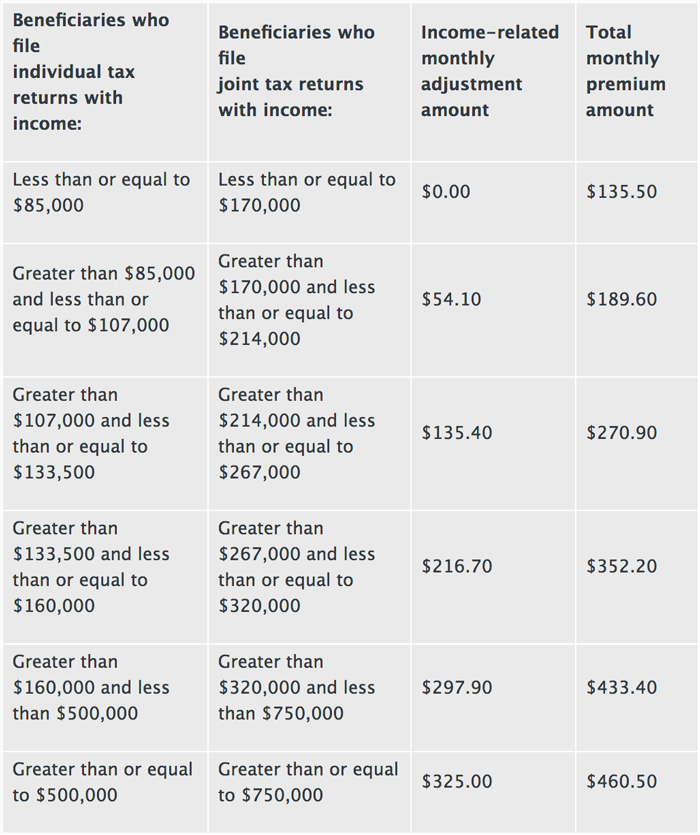 Contributed by: Kali Hassinger, CFP®
Contributed by: Kali Hassinger, CFP®
Each November and December, investment companies must pay out their capital gains distributions for the year. If you hold these funds within a taxable brokerage account, distributions are taxable events, resulting from the sale of securities throughout the year.
Investors often meet these pay-outs with minimal enthusiasm, however, because there is no immediate economic gain from the distributions. That may seem counterintuitive, given that we refer to these distributions as capital gains!
When capital gains distributions from mutual funds are paid to investors, that fund’s net asset value is reduced by the amount of the distribution.
This reduction occurs because the fund share price, or net asset value, is calculated by determining the total value of all stocks, bonds, and cash held in the fund’s portfolio, and then dividing the total by the number of outstanding shares. The total value of the portfolio is reduced after a distribution, so the price of the fund drops by the amount of the distribution.
In most situations we recommend that our clients reinvest mutual fund capital gain distributions, given this is right for the investor's individual financial circumstances.
This strategy allows you to purchase additional shares of the mutual fund while the price is reduced. Although your account value will not change, because the distribution reduces the fund’s net asset value, you have more shares in the future. By incurring the capital gain, you are also increasing your cost basis in the investment.
As a counter point, If you rely on the dividend for income it might make more sense to take the mutual fund dividend as cash and not reinvest.
If you own mutual funds in a taxable account and expect the distributions to be large, you should work with your financial planner and tax advisor to weigh the advantages and disadvantages of owning the investment and ultimately incurring the capital gain.
Kali Hassinger, CFP®, CDFA®, is a CERTIFIED FINANCIAL PLANNER™ professional at Center for Financial Planning, Inc.® She has more than a decade of financial planning and insurance industry experience.
The information contained in this blog does not purport to be a complete description of the securities, markets, or developments referred to in this material. Investments mentioned may not be suitable for all investors. There is no guarantee that these statements, opinions or forecasts provided herein will prove to be correct. Past performance may not be indicative of future results. Raymond James and its advisors do not provide tax advice. You should discuss any tax matters with the appropriate professional. Opinions expressed in the attached article are those of the author and are not necessarily those of Raymond James. All opinions are as of this date and are subject to change without notice. Investing involves risk and you may incur a profit or loss regardless of strategy selected. Prior to making an investment decision, please consult with your financial advisor about your individual situation. Every type of investment, including mutual funds, involves risk. Risk refers to the possibility that you will lose money (both principal and any earnings) or fail to make money on an investment. Changing market conditions can create fluctuations in the value of a mutual fund investment. In addition, there are fees and expenses associated with investing in mutual funds that do not usually occur when purchasing individual securities directly.











